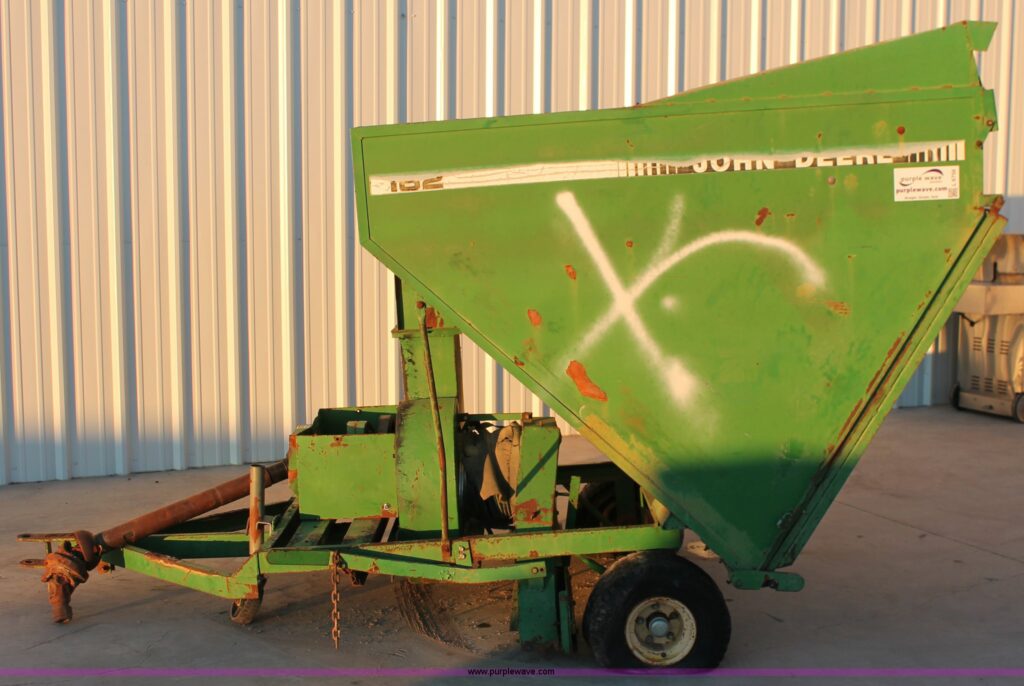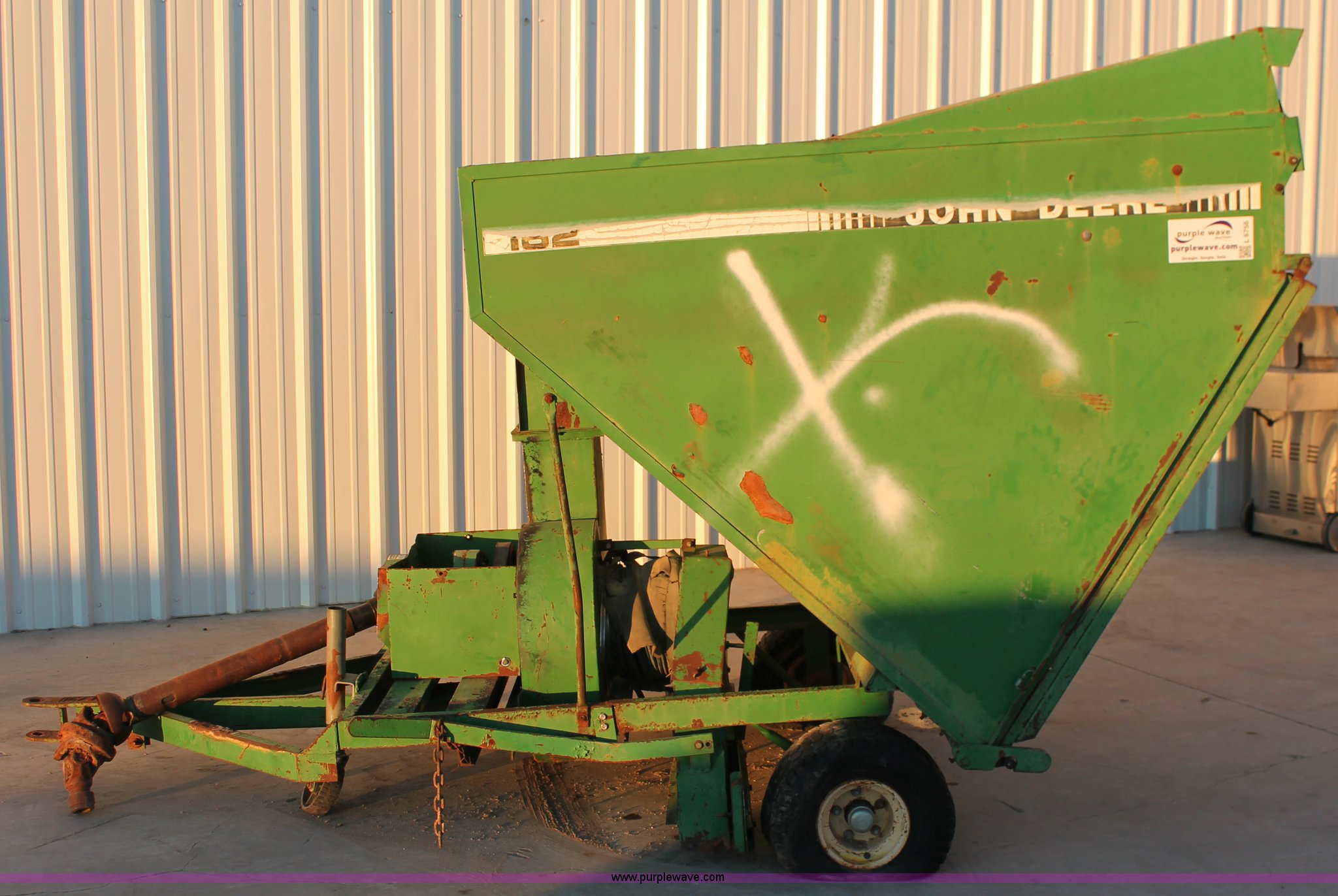
Landscape Vacuum: The Ultimate Guide to Outdoor Cleanup
Maintaining a pristine outdoor space can be a challenging task, especially during fall when leaves are shedding, or after a heavy storm. A landscape vacuum offers an efficient and effective solution for cleaning up debris, leaves, twigs, and other unwanted materials from your yard, garden, or patio. This comprehensive guide will explore the benefits of using a landscape vacuum, the different types available, factors to consider when choosing one, and tips for optimal use. Whether you’re a homeowner, a professional landscaper, or simply someone who takes pride in their outdoor space, understanding the capabilities of a landscape vacuum is crucial for efficient and effective cleanup.
What is a Landscape Vacuum?
A landscape vacuum is a specialized piece of equipment designed to collect and remove debris from outdoor areas. Unlike traditional rakes or blowers, a landscape vacuum uses suction to lift and gather leaves, twigs, pine needles, and other organic materials. This makes cleanup faster, easier, and less physically demanding. These vacuums are available in various sizes and configurations, from handheld models for small areas to tow-behind units for larger properties.
Benefits of Using a Landscape Vacuum
There are numerous advantages to incorporating a landscape vacuum into your outdoor maintenance routine:
- Efficiency: Landscape vacuums significantly reduce the time and effort required for cleanup compared to manual methods.
- Effectiveness: They can pick up a wider range of debris, including small twigs, pine needles, and damp leaves, which can be challenging to gather with a rake.
- Reduced Physical Strain: Using a landscape vacuum minimizes bending, lifting, and raking, reducing the risk of back pain and other physical ailments.
- Mulching Capability: Many models feature mulching capabilities, which shred the collected debris into smaller pieces, reducing its volume and making it easier to dispose of or compost.
- Professional Results: Achieve a cleaner, more manicured look for your outdoor space with less effort.
Types of Landscape Vacuums
Landscape vacuums come in several types, each designed for different applications and property sizes:
Handheld Landscape Vacuums
These are lightweight and portable, ideal for small yards, patios, and decks. They are typically powered by electricity or batteries and are easy to maneuver around tight spaces. Handheld models often double as leaf blowers, providing added versatility.
Walk-Behind Landscape Vacuums
Walk-behind landscape vacuums are larger and more powerful than handheld models. They are suitable for medium-sized yards and gardens. These units typically have a wider nozzle and a larger collection bag, allowing for faster cleanup. They are usually gas-powered, providing more power and runtime.
Tow-Behind Landscape Vacuums
Designed for large properties and commercial use, tow-behind landscape vacuums attach to a tractor or riding mower. They have a high-capacity collection system and can handle large volumes of debris quickly and efficiently. These units are ideal for professional landscapers and property managers.
Truck Loader Landscape Vacuums
These are the most powerful type of landscape vacuum, typically mounted on a truck or trailer. They are used for large-scale cleanup projects, such as clearing leaves from entire neighborhoods or parks. Truck loader models can handle massive amounts of debris and are often used by municipalities and commercial landscaping companies.
Factors to Consider When Choosing a Landscape Vacuum
Selecting the right landscape vacuum depends on several factors:
- Property Size: Consider the size of your yard or outdoor space. A handheld model may suffice for a small patio, while a tow-behind unit is necessary for a large property.
- Type of Debris: Determine the type of debris you need to collect. Some vacuums are better suited for leaves, while others can handle twigs, pine needles, and heavier materials.
- Power Source: Choose between electric, battery-powered, or gas-powered models. Electric vacuums are quieter and require less maintenance, while gas-powered units offer more power and runtime. Battery-powered models provide a balance of convenience and performance.
- Collection Capacity: Consider the size of the collection bag or container. A larger capacity reduces the frequency of emptying.
- Mulching Capability: If you plan to compost the collected debris, choose a model with mulching capabilities. This reduces the volume of the debris and speeds up the composting process.
- Budget: Landscape vacuums range in price from a few hundred dollars to several thousand. Set a budget and choose a model that meets your needs without breaking the bank.
- Storage: Consider the storage space required for the landscape vacuum. Handheld models are easy to store, while tow-behind units require more space.
How to Use a Landscape Vacuum Effectively
To get the most out of your landscape vacuum, follow these tips:
- Read the Manual: Familiarize yourself with the manufacturer’s instructions before using the vacuum.
- Clear the Area: Remove any large objects or obstacles from the area before vacuuming.
- Adjust the Height: Adjust the height of the nozzle to suit the terrain and the type of debris you are collecting.
- Use Overlapping Passes: Overlap each pass to ensure complete coverage.
- Empty the Collection Bag Regularly: Empty the collection bag or container when it is about two-thirds full to maintain optimal suction.
- Maintain the Vacuum: Regularly clean the vacuum and check for any worn or damaged parts. Follow the manufacturer’s recommendations for maintenance.
- Wear Protective Gear: Wear safety glasses and gloves to protect yourself from flying debris.
Maintenance Tips for Landscape Vacuums
Proper maintenance is essential for prolonging the life of your landscape vacuum:
- Clean the Vacuum Regularly: Remove any debris from the nozzle, impeller, and collection bag after each use.
- Check the Belts and Hoses: Inspect the belts and hoses for wear and tear. Replace them as needed.
- Sharpen the Blades: If your vacuum has mulching capabilities, sharpen the blades regularly to ensure efficient mulching.
- Change the Oil: For gas-powered models, change the oil according to the manufacturer’s recommendations.
- Store the Vacuum Properly: Store the vacuum in a dry, protected area to prevent damage.
The Future of Landscape Vacuums
The technology behind landscape vacuums continues to evolve. Future models are likely to feature improved battery technology, more efficient motors, and advanced mulching systems. Some manufacturers are also exploring the use of robotic landscape vacuums that can autonomously clean outdoor spaces. [See also: Robotic Lawn Mowers: A Comprehensive Guide] These innovations promise to make outdoor cleanup even easier and more efficient.
Conclusion
A landscape vacuum is a valuable tool for anyone looking to maintain a clean and attractive outdoor space. Whether you choose a handheld model for small areas or a tow-behind unit for larger properties, a landscape vacuum can save you time, effort, and physical strain. By understanding the different types of vacuums available and following the tips for effective use and maintenance, you can enjoy a pristine yard with minimal effort. Embrace the efficiency and effectiveness of a landscape vacuum and transform your outdoor cleanup routine.

